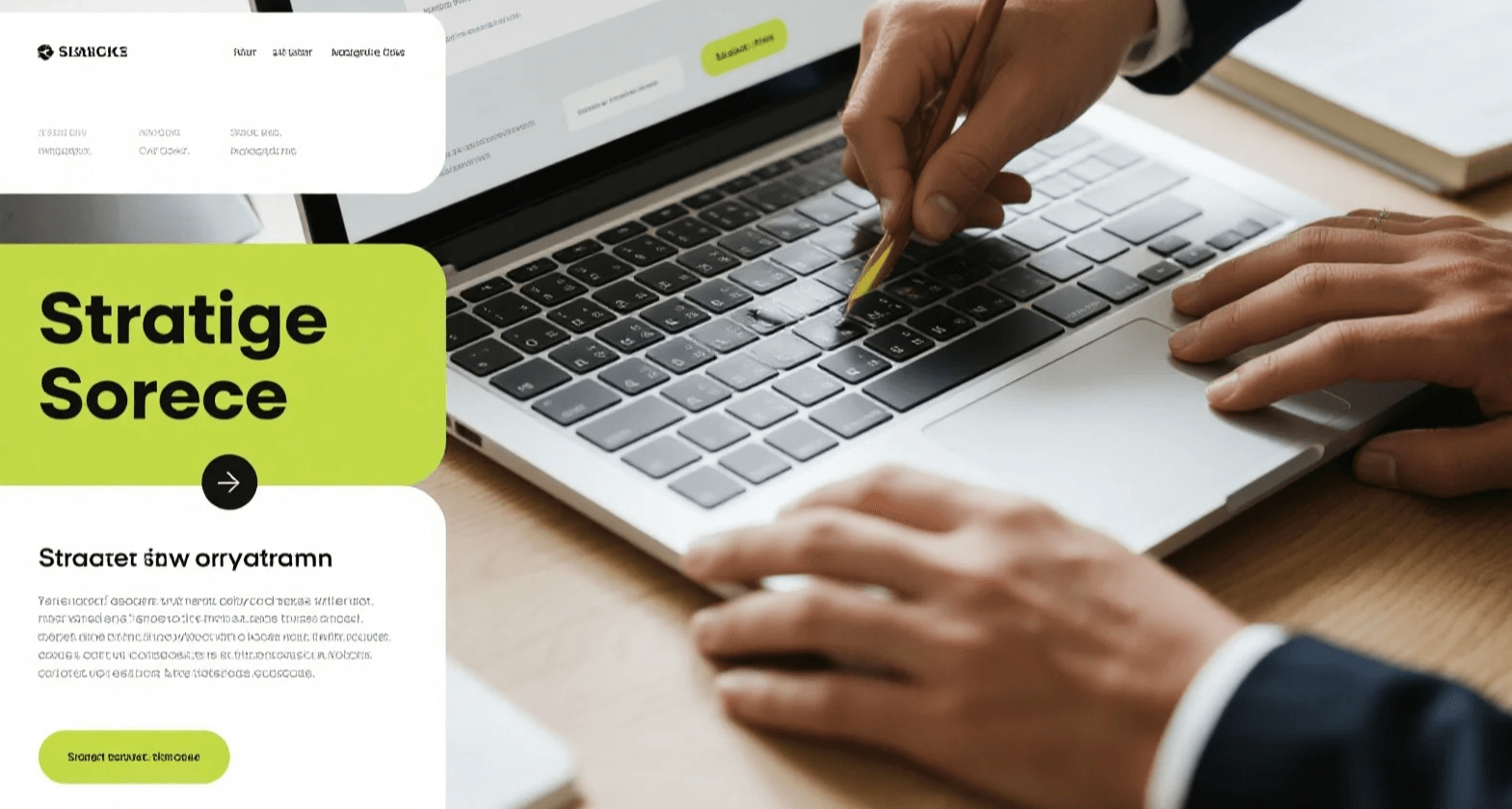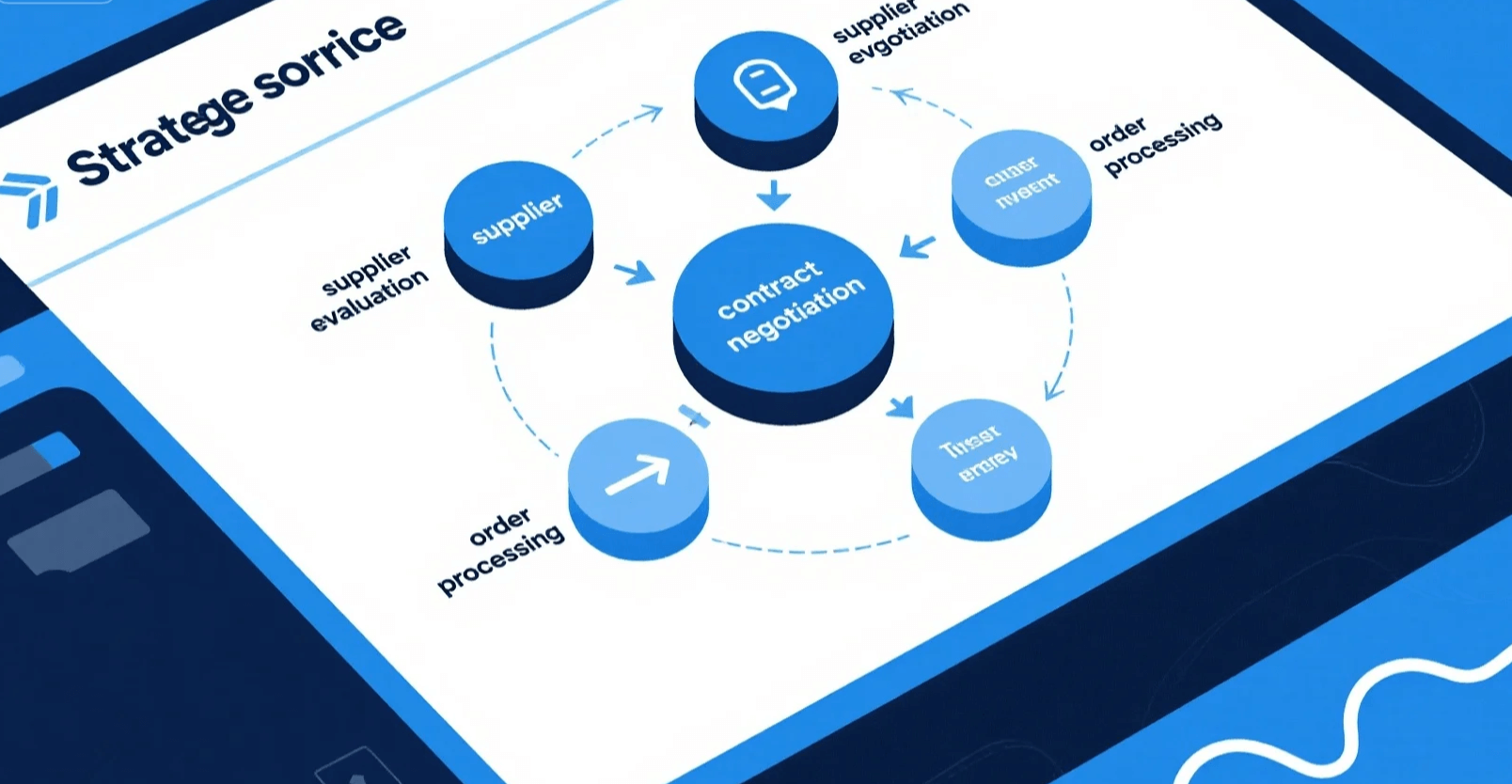In today's fast-paced and interconnected global economy, traditional procurement methods are no longer sufficient. Businesses face unprecedented challenges, from geopolitical instability and supply chain disruptions to mounting pressure for sustainability. In this complex environment, a more sophisticated and forward-thinking approach is required. This is where strategic sourcing in supply chain management emerges as a critical discipline. Unlike conventional procurement, which focuses on transactional, short-term cost savings, strategic sourcing is a data-driven, analytical process that aligns procurement activities with an organization's overarching business objectives. It transforms procurement from a simple cost center into a powerful value driver, creating a sustainable competitive advantage. This article delves into the core principles, practical applications, and profound impact of strategic sourcing in supply chain management, highlighting its vital role in building resilient and profitable businesses.
What Precisely Defines Strategic Sourcing?

Strategic sourcing is not just a buzzword; it is a systematic, long-term approach to acquiring goods and services. It involves a detailed analysis of a company's spending patterns, an in-depth understanding of the supply market, and the careful selection of suppliers who can offer the best total value, not just the lowest price. This methodology moves beyond the simple act of purchasing by focusing on a holistic view of the supplier relationship and its impact on the entire supply chain. It is a continuous process of re-evaluating sourcing activities to ensure they consistently meet evolving business goals. The primary goal is to secure long-term value, enhance quality, mitigate risk, and drive innovation.
Strategic Sourcing vs. Traditional Procurement: A Fundamental Shift
The distinction between strategic sourcing in supply chain management and traditional procurement is crucial. Traditional procurement is often reactive and transactional, centered on obtaining goods and services at the lowest possible price. It is typically a fragmented process, with different departments making purchasing decisions in isolation. Suppliers are often seen as interchangeable vendors, and the relationship is primarily focused on a single transaction.
In contrast, strategic sourcing is proactive and strategic. It is a cross-functional effort that considers the total cost of ownership (TCO), which includes not only the purchase price but also costs related to quality, delivery, maintenance, and end-of-life. The process is collaborative, involving stakeholders from various departments to ensure alignment with corporate goals. A key feature is the emphasis on building long-term, collaborative relationships with a select group of key suppliers. These partnerships are viewed as a source of innovation and shared success. This fundamental shift from a price-centric mindset to a value-centric one is what gives strategic sourcing its transformative power.
The Seven-Step Strategic Sourcing Process
A structured, systematic process is essential for successful strategic sourcing. While different models may exist, a widely accepted framework includes seven key steps:
-
Profile the Spend Category. The first step is to gain a complete understanding of where a company's money is being spent. This involves collecting and analyzing data on all expenditures, categorizing them, and identifying opportunities for consolidation or optimization. This comprehensive spend analysis provides the foundation for all subsequent actions.
-
Analyze the Supply Market. This step involves a thorough examination of the market for the goods or services needed. It includes identifying potential suppliers, evaluating market trends, and understanding the competitive landscape. This analysis helps procurement teams to identify risks and opportunities, which informs the overall sourcing strategy.
-
Develop a Sourcing Strategy. Based on the spend and market analysis, a detailed sourcing strategy is developed. This strategy outlines the goals, selection criteria, and a plan for engaging with suppliers. It determines whether to consolidate suppliers, seek new ones, or leverage existing relationships.
-
Select Potential Suppliers. This phase involves identifying and pre-qualifying a list of potential suppliers who meet the criteria outlined in the sourcing strategy. RFIs (Request for Information), RFPs (Request for Proposals), and RFQs (Request for Quotations) are often used to gather detailed information about each supplier's capabilities, pricing, and quality standards.
-
Negotiate with Suppliers. Once a shortlist of suppliers has been created, a negotiation process begins. The focus is not simply on price but on creating a mutually beneficial long-term agreement. The negotiation covers terms, conditions, quality standards, service level agreements (SLAs), and opportunities for collaboration.
-
Implement and Integrate. After a supplier is selected and a contract is signed, the new sourcing model is implemented. This requires careful integration into the company's operational processes, which may involve changes to technology, workflows, and communication protocols. Effective change management is critical during this phase.
-
Monitor and Measure Performance. The final step is ongoing monitoring and continuous improvement. The performance of the new suppliers and the effectiveness of the sourcing strategy are tracked against key performance indicators (KPIs) such as cost savings, quality, and delivery times. This data is used to provide feedback, drive continuous improvement, and ensure the relationship remains valuable.
Key Benefits Driven by Strategic Sourcing

Implementing strategic sourcing in supply chain management provides a multitude of benefits that extend far beyond simple cost reduction.
-
Sustainable Cost Savings: By focusing on the total cost of ownership (TCO) and leveraging spend analysis, organizations can achieve significant, long-term cost reductions. This includes lower unit costs, reduced operational expenses, and better contract terms.
-
Enhanced Quality and Performance: The process of carefully vetting and selecting suppliers based on quality and reliability ensures that organizations receive superior goods and services. This leads to improved product quality and better customer satisfaction.
-
Effective Risk Mitigation: By diversifying the supplier base and thoroughly analyzing market risks, companies can build more resilient supply chains. This protects against potential disruptions from geopolitical events, natural disasters, or supplier financial instability.
-
Strengthened Supplier Relationships: Strategic sourcing fosters collaborative, long-term partnerships. These relationships are built on trust and open communication, which can lead to joint innovation, more favorable terms, and better support during challenging times.
-
Increased Operational Efficiency: The structured and data-driven nature of strategic sourcing streamlines procurement processes, reduces manual work, and frees up procurement teams to focus on more strategic tasks.
-
Innovation and Agility: Partnering with key suppliers can unlock opportunities for co-innovation. Suppliers are often at the forefront of new technologies and market trends, and a strong partnership allows an organization to leverage this expertise to gain a competitive edge.
The Future of Strategic Sourcing: The Rise of Technology
The landscape of strategic sourcing in supply chain management is continuously evolving, with technology acting as the primary catalyst. Artificial intelligence (AI), machine learning, and advanced analytics are transforming the way procurement teams operate. AI-powered tools can analyze vast amounts of spend data in seconds, identify savings opportunities, and even predict market trends. Predictive analytics can forecast potential supply chain disruptions, allowing for proactive risk management.
Furthermore, digital platforms and automation are streamlining the entire sourcing process, from supplier discovery to contract management. This shift toward a more automated and intelligent sourcing process allows procurement professionals to move away from transactional tasks and dedicate more time to strategic, value-adding activities. The future of strategic sourcing is defined by a blend of human expertise and technological empowerment, creating a more agile, resilient, and intelligent supply chain.
FAQ
-
Q: How is strategic sourcing different from tactical sourcing?
-
A: Tactical sourcing focuses on short-term needs and immediate cost savings, often for a specific project. Strategic sourcing, by contrast, is a long-term strategy that aligns with overall business goals to create sustained value.
-
-
Q: What is the biggest challenge in implementing strategic sourcing?
-
A: A common challenge is overcoming internal resistance to change and getting buy-in from all stakeholders. It requires a shift in mindset from transactional purchasing to a strategic, data-driven approach.
-
-
Q: Can small businesses benefit from strategic sourcing?
-
A: Absolutely. While a small business may have a smaller supply chain, strategic sourcing principles—such as analyzing spend, building strong supplier relationships, and seeking long-term value—are just as critical for sustainable growth and competitiveness.
-













